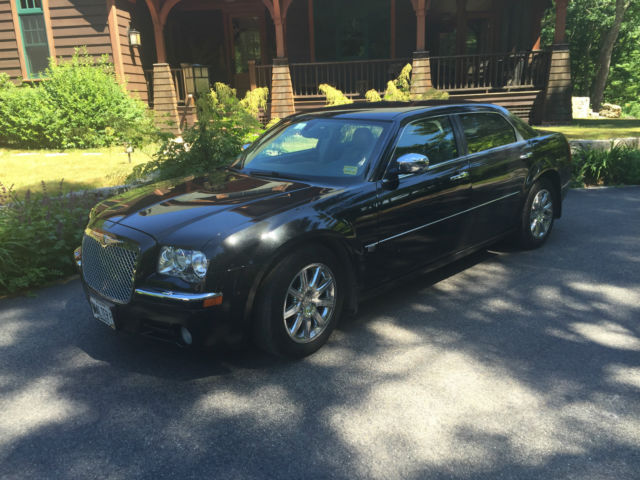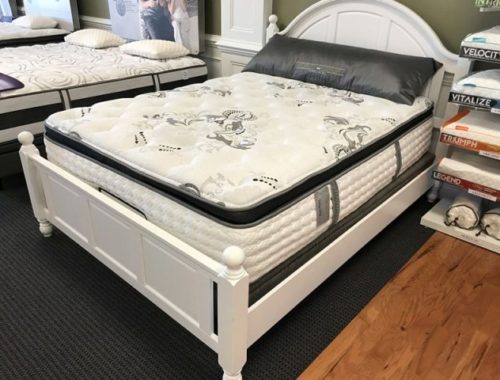
Customizing Your Car
Your vehicle is more than just a mode of transportation; it’s an extension of your personality and style. While cars come from the factory with a standard set of features and accessories, many drivers choose to personalize their rides to enhance performance, appearance, and functionality. This is where aftermarket accessories and upgrades come into play. In this blog post, we’ll delve into the world of customization and explore the benefits and options available for those looking to make their vehicles uniquely their own.
What Are Aftermarket Accessories and Upgrades?
Aftermarket accessories and upgrades refer to components or enhancements that are not included with a vehicle from the factory but can be added or substituted by the owner or a third-party manufacturer. These modifications can serve various purposes, including improving performance, enhancing aesthetics, increasing comfort, and adding functionality.
Benefits of Customizing Your Vehicle
1. Personalization
Customizing your vehicle allows you to express your personality and style. You can tailor your car to reflect your individual tastes and preferences.
2. Enhanced Performance
Many aftermarket upgrades are designed to boost your vehicle’s performance, whether it’s in the form of increased horsepower, better handling, or improved fuel efficiency.
3. Improved Comfort
Upgrades like high-quality seats, advanced sound systems, and climate control enhancements can significantly enhance your driving experience and comfort.
4. Functionality
Add-ons like roof racks, towing packages, or cargo organizers can make your vehicle more versatile and functional, allowing you to tackle a variety of tasks.
5. Resale Value
Well-chosen aftermarket upgrades can potentially increase the resale value of your vehicle, as they may make it more attractive to potential buyers.

Popular Aftermarket Accessories and Upgrades
1. Wheels and Tires
Upgrading your wheels and tires can have a substantial impact on your vehicle’s appearance and performance. Wider, alloy wheels and high-performance tires can enhance both handling and aesthetics.
2. Suspension Systems
Installing a new suspension system can improve ride quality, handling, and stability. Lowering or lifting kits can also give your vehicle a unique look and adjust its off-road capabilities.
3. Performance Chips and Tuners
Performance chips and tuners can optimize your engine’s performance, increasing horsepower and torque. They can be especially beneficial for enthusiasts looking for more power.
4. Exhaust Systems
Upgrading your exhaust system can enhance both performance and sound. Aftermarket exhausts often provide better airflow and a more aggressive tone.
5. Interior Upgrades
Customizing your vehicle’s interior can include anything from high-quality leather seats and custom upholstery to advanced sound systems, touchscreen displays, and entertainment systems.
6. Exterior Accessories
There are numerous exterior upgrades available, such as grille guards, roof racks, bull bars, and custom paint jobs. These additions can enhance your vehicle’s aesthetics and functionality.
7. Lighting
Upgrading your vehicle’s lighting can improve visibility and aesthetics. LED or HID headlights, fog lights, and taillights can make a significant difference in nighttime driving.
8. Security Systems
Investing in advanced security systems can protect your vehicle from theft and break-ins. Features like alarms, GPS tracking, and remote start systems provide added peace of mind.
Tips for Customization
When customizing your vehicle, it’s essential to consider a few key factors to ensure a successful and satisfying customization experience:
1. Budget
Set a budget for your customization project, taking into account the cost of both parts and labor. It’s easy to get carried away, so having a budget will help you stay on track.
2. Research
Thoroughly research the upgrades you’re considering. Read reviews, seek recommendations from fellow enthusiasts, and consult with professionals to ensure that the modifications meet your expectations.
3. Compatibility
Make sure the aftermarket parts and accessories you choose are compatible with your vehicle’s make and model. Ill-fitting components can lead to problems down the road.
4. Quality
Invest in high-quality aftermarket parts and accessories. While they may be more expensive upfront, they often provide better performance, durability, and fitment.
5. Professional Installation
Unless you have the necessary skills and equipment, it’s advisable to have aftermarket upgrades professionally installed. Proper installation ensures that the modifications work as intended and do not harm your vehicle.
6. Warranty Considerations
Keep in mind that some modifications may void your vehicle’s warranty. Check with your manufacturer to understand how customization may affect your warranty coverage.
7. Safety and Regulations
Ensure that any modifications you make comply with local and federal safety and emissions regulations. Non-compliant modifications can lead to legal issues.
DIY vs. Professional Customization
Deciding whether to undertake customization as a do-it-yourself (DIY) project or to enlist professional help depends on your skill level, the complexity of the modifications, and your budget. While some enthusiasts enjoy the challenge of DIY customization, others prefer the expertise and guarantees offered by professional shops. Before deciding, consider your comfort level with tools and mechanical work, as well as the specific modifications you want to make.
Conclusion
Customizing your vehicle is a fantastic way to make it truly your own. Whether you’re aiming to improve performance, enhance aesthetics, or add functionality, aftermarket accessories and upgrades offer endless possibilities from this updated blog post. However, it’s crucial to approach customization thoughtfully, considering factors such as budget, research, compatibility, and safety. With careful planning and execution, you can transform your vehicle into a personalized masterpiece that reflects your unique style and preferences on the road.
You May Also Like

Good Mattresses Ensures Good Rest
May 13, 2020
Free Online Legal Advice
August 12, 2020


